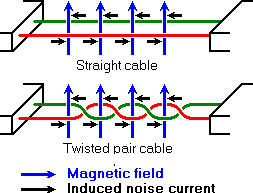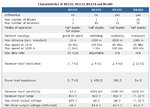olejl77
Newbie level 2
When reading Wikipedia about RS-485 it say that it offers data transmission speeds of 35 Mbit/s.
I haven't done any electronics design before, and are struggling to see how things are working together. I have a microprocessor, and want to be able to communicate at 35Mbps RS-485.
Micro-processor AT32UC3A0128, and one IC which seem to be able to do the job is MAX3469
Could I do this:
AT32UC3 uC <=== ? ===> MAX3469 <=== wire ===> MAX3469 <=== ? ===> AT32UC3 uC
How do I interconnect the Atmel processor and MAXIM IC?
What is the difference between UART and Tranceiver?
I haven't done any electronics design before, and are struggling to see how things are working together. I have a microprocessor, and want to be able to communicate at 35Mbps RS-485.
Micro-processor AT32UC3A0128, and one IC which seem to be able to do the job is MAX3469
Could I do this:
AT32UC3 uC <=== ? ===> MAX3469 <=== wire ===> MAX3469 <=== ? ===> AT32UC3 uC
How do I interconnect the Atmel processor and MAXIM IC?
What is the difference between UART and Tranceiver?

